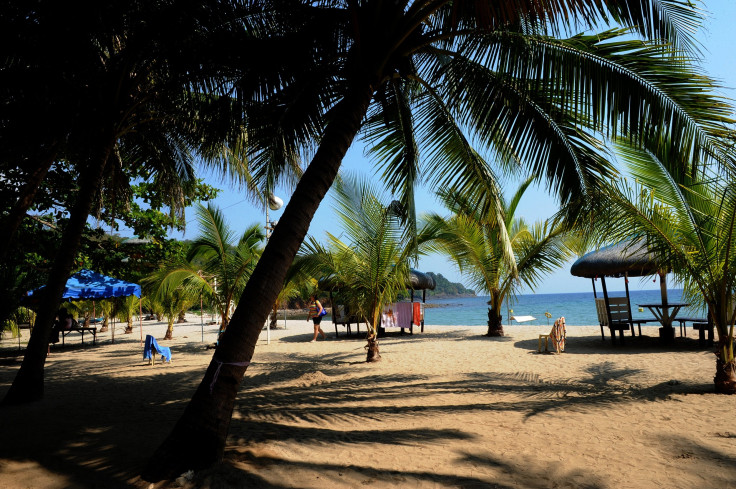Is It Safe To Travel To The Philippines? Tourist Kidnapping Reflects Lingering Terrorist Threats In Restive South

An armed abduction from a popular tourist resort in the restive southern Philippines has travelers questioning the safety of the scenic Southeast Asian country, which has long been a vacation hotspot. Unidentified gunmen kidnapped two Canadian tourists, a Norwegian resort manager and a Filipino woman during a raid Monday night on the Holiday Oceanview resort in Samal Island near Davao City on Mindanao Island, where a four-decade Islamist insurgency has left tens of thousands of people dead.
“This is why I don’t travel. Stay home safe,” one social media user said on Twitter, posting a link to an article about the abduction. “Scary news for tourists in the Philippines,” another social media user said Tuesday.
The kidnapping, which police said appeared to target foreign tourists, came as a surprise to authorities and a fierce reminder to travelers of the volatility in southern Mindanao, a top spot for white sand beaches and terrorists. The Philippines and its largest Muslim rebel group, the Moro Islamic Liberation Front, signed a final peace agreement in March 2014, ending 45 years of bloody conflict that had killed more than 120,000 people and displaced 2 million in the Mindanao region. But threats to lasting peace remained, Reuters reported.
The U.S. State Department issued a travel warning for some parts of the Philippines in May 2015, in particular the Sulu Archipelago, certain regions and cities of Mindanao Island and the southern Sulu Sea area. The warning replaced a previous issuance on November 2014 and reflected continuing kidnappings, bombings and attacks in those areas due to “terrorist and insurgent activities,” despite the recent peace initiatives.
Still, some areas of the Philippines pose a higher risk than others and tourism has been a growing pillar in the country’s economy. Travel and tourism in the Philippines contributed 4.2 percent to total GDP in 2014 and is forecast to rise by 5.6 percent from 2014 to 2024, according to a report by the World Travel and Tourism Council in London.
Despite the travel warnings, tourists this year continued to flock to the Philippines, an archipelago in the western Pacific Ocean which boasts more than 7,000 islands with soft beaches, rich coral reefs, volcanoes, lush mountains and colorful rice terraces. A recent campaign launched by the country’s’ Department of Tourism drew 2.26 million foreign tourists in the first half of 2015, which was an 8 percent increase compared to the same period last year. The tourism activities within those six months brought in more than $2 billion, BusinessWorld reported.
The location of the latest abduction, Samal Island, apparently “has a long standing reputation as a safe area to live,” according to the Holiday Oceanview resort’s website. The resort, which opened in 2010, also boasts round-the-clock security and had roughly 30 foreign tourists at the time of Monday night’s attack.
“Our premises are guarded 24/7 by licensed armed guards as well as CCTV so we don’t have to fear petty theft and vandalism,” the website states. “Don’t be misled by the problems reported in the media about Mindanao insecurity! Samal island and Davao City have a long standing reputation as a safe area to live in…authorities are quite strict and crime is very low. People are very friendly and any foreigner feels very safe anywhere in the area.”
© Copyright IBTimes 2024. All rights reserved.





















